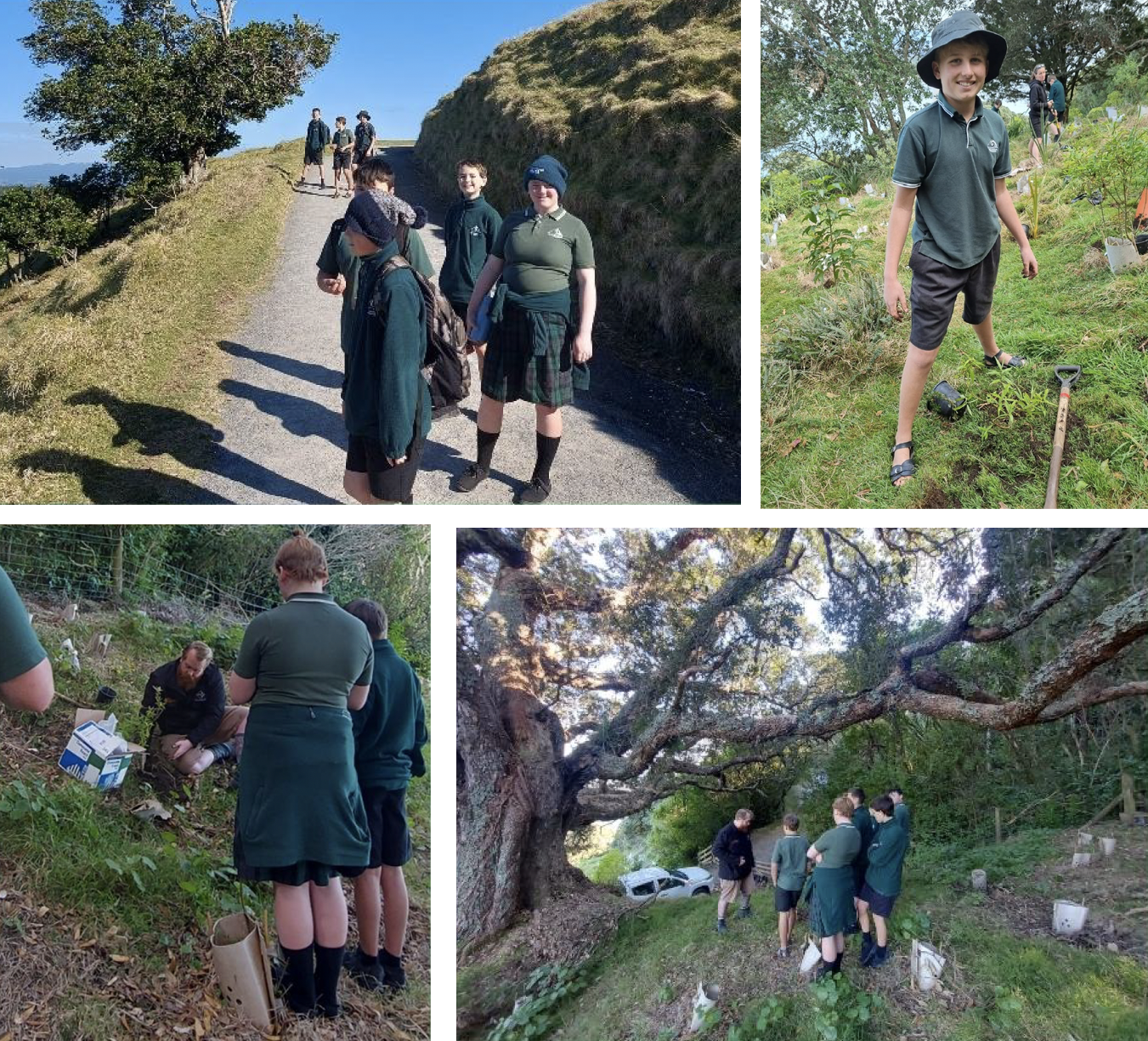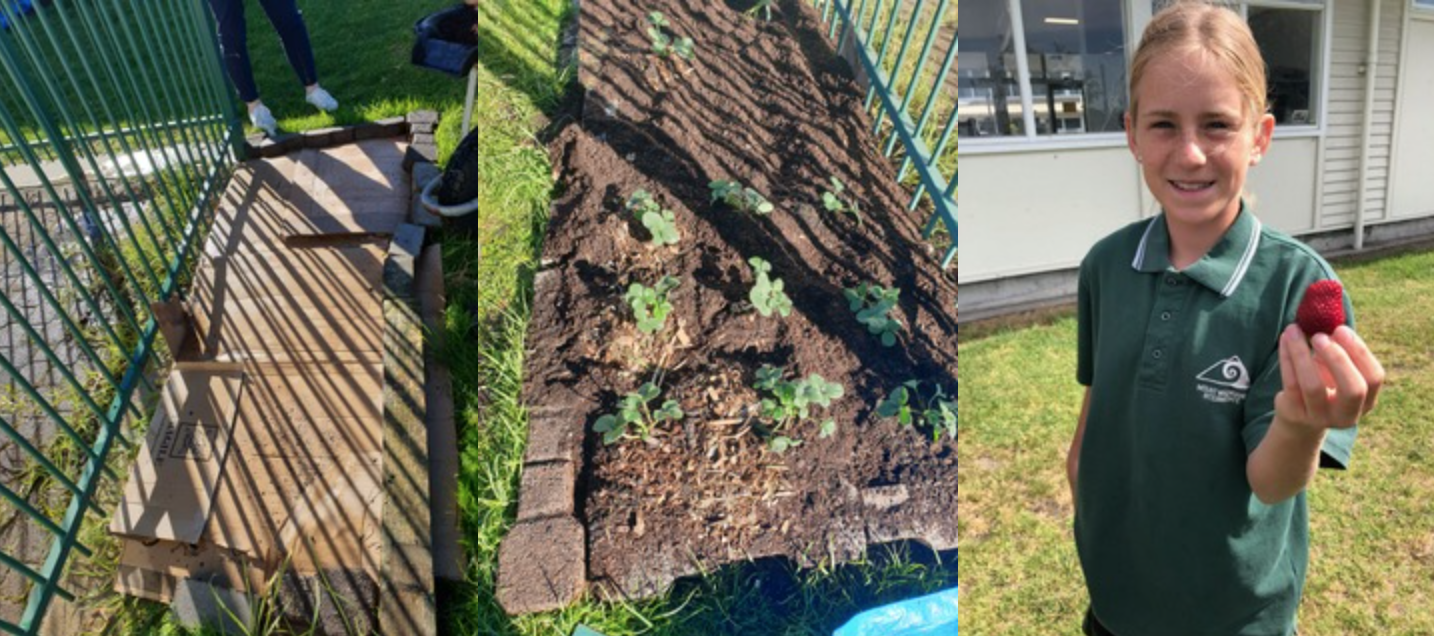This term we have taken on some new gardeners and allocated the beds so that everyone shares an area. The broad beans we planted in the communal gardens last term took off and we had a huge harvest. Firstly we podded the beans, boiled them briefly and skinned them, then whizzed them together with lemons and mint from our gardens, and some garlic and olive oil from the pantry to make a delicious broad bean dip which was demolished within minutes on crackers!
The following week the uptake in those wanting to harvest broad beans to take home was significant. The students had already learned how to prepare the veg, and were keen to cook them at home! They left the gardens with newspaper parcels of what looked like fish and chips, but were really bundles of greens!
The flowers are in bloom too, and have the dual purpose of attracting more biodiversity to our gardens and keeping our teachers happy, with posies being taken back to class after gardening.
The herb garden that we put together last term is now bursting with an amazing variety of herbs, which are growing faster than we can harvest them - sage, coriander, mint, chamomile, oregano and more! A good complaint! We have some chamomile flowers hanging in the shed, to dry them and later make tea and we have harvested coriander seed too.
There will be plenty of sage for the Christmas stuffing for our school families to pick up before the end of term.
We have been working on seed saving in the last few weeks. Although, to the untrained eye, the garden may have looked a little out of hand at times, it has been intentional as we allowed vegetable plants to go to seed.
This allowed us to then gather them for drying and later take some down time in the gardens, rubbing the seeds from their pods/twigs into trays and sifting away the chaff.
Then we popped them into paper pockets (some beautifully decorated by our gardeners!) to save them for next season or take some home to family.
We have planted tomatoes too, with a special system for watering them below the ground, through pipes filled with pebbles. It will be interesting to see how they go, boosted with top ups from our compost bay of black gold!!
We will have some changes next term, with our year 8 gardeners moving on. We will be sorry to see them go, but they tell me they will pop by for lemons and herbs, and to say hi. We look forward to seeing the next group of enthusiastic gardeners become kaitiaki of the garden beds and can’t wait to see how the gardens develop!





















































